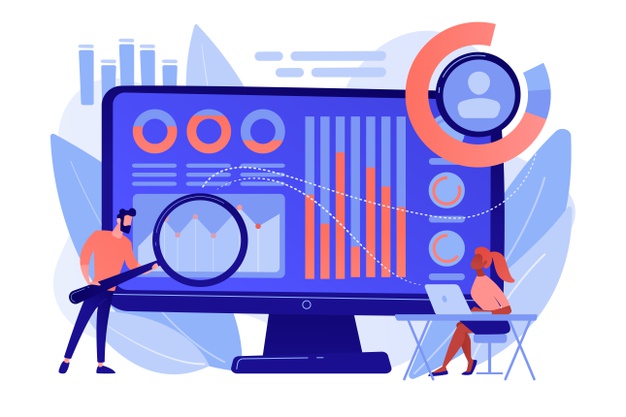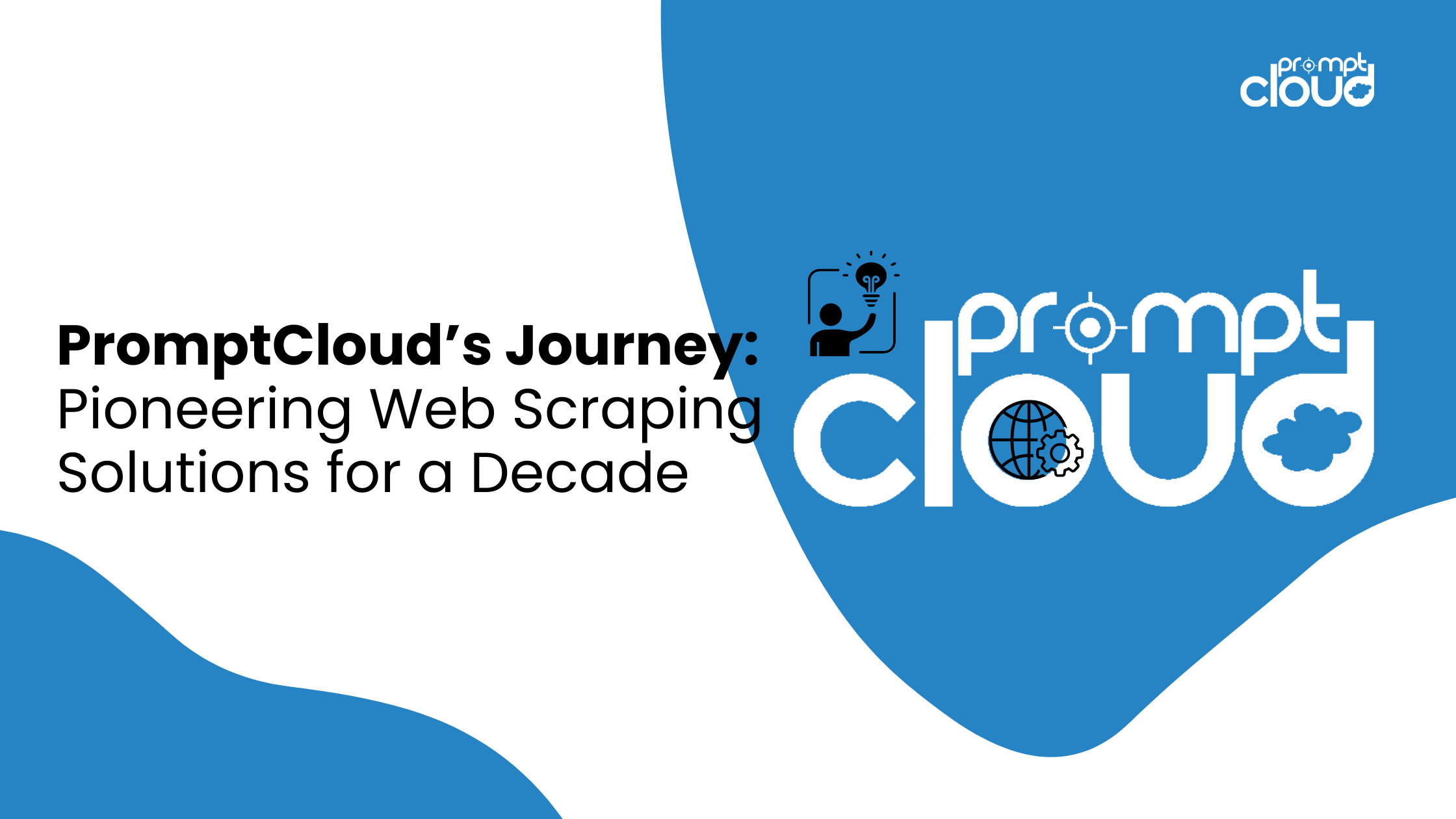Big Data has reached an impressive level of maturity in 2015. This enhancement is mainly driven by the advancement of technologies made available to explore humongous datasets and extract valuable insights from it. Think of the progress made by IoT, wearables, sensor technologies and you can see how big data is assisted by other areas that are rapidly growing. Every stage below of big data analysis has undergone rapid transformation, backed by widespread adoption, subsequent innovation and sustained interest around the value provided by this technology:
- Data scraping by web crawlers
- Data curation
- Data cleaning
- Data normalization
- Data storage
- Data analysis
- Data visualization

Given these exciting times, many organizations still are not making big data mainstream to their strategies. If your company happens to be one such small minority, then read on to explore some critical reasons for embracing big data in 2016.
1. Progress from the subject itself to process development
More and more companies are moving from the initial excitement and buzz, to actual value creation using big data. Initial buzzwords – incredibly large datasets, complex data analysis, diverse sources of data, are now entering mainstream and hence becoming more familiar thanks to expert providers of data as a service. As per Gartner, 64% of adopters are now planning to analyze more complex forms of data such as free-form text. 70% are exploring the potential of analyzing location based data.
Two key points that will define the reach and impact of big data going mainstream are:
-
Skill Shortage
Creating information 10x faster than just a decade ago has led to a severe shortage of skilled human capital that can make sense of this humongous volume of data. HR needs to work with senior leadership to provide insights from talent analytics that help deploy the right skillset to make complete use of big data.
-
Actionable insight
It is not just the data collected by data scraper or numbers that are presented that denote the value of big data. It is the takeaways that come out of these numbers in form of actionable insights is what drives true value for businesses with big data. The reach and impact of big data has been proven to be more profound that other forms of technology not only in terms of how experts acquire data but also in terms of smart analysis. Take for instance the way big data is helping US government to handle crisis situations in a more efficient way. This is the kind of impact we are witnessing with big data, and this is the impact that you too can avail of when you adopt big data into your organizational strategies.
2. Dwindling costs associated with big data
Ask a set of C-level officers or decision makers, and the most common reasons for not going wholeheartedly into big data is the cost aspect. Business leaders often correlate these complex datasets, its smart analysis and data as a service with high cost overheads. However come 2016, this will increasingly be no longer the case.
It is not necessary anymore that the advantages of big data will be associated with only large corporations. New startups, web crawler experts, data scraping companies, and SMEs are increasingly adopting big data to bring in efficiencies in operations, sales, and customer servicing. With the widespread expansion of self-service analytics and better user experience offered by BI and big data tools, it is no surprise that the cost of gleaning insights from big data will continue reducing in 2016. This will be largely driven by cost optimization in tools, techniques, and talent, in all major stages of big data – collecting, storing, normalizing, optimizing, business intelligence, and data visualization.
What this means for your business? This pointer will be a golden cue to get management buy-in when you present a case of bringing big data into mainstream in your company. Stakeholders can see for themselves the tremendous RoIs that big data will bring about, and thus clear your way to introduce big data into your organizational scheme of things.
3. Big Data analytics will be propelled by growth of Hadoop
Hadoop is a widely popular distributed processing technology used in the analysis of millions of datasets within big data by web crawler service providers and data scraping companies alike. As compared to other technologies, Hadoop offers quick solutions delivery and better returns on the big data investment. Juxtapose this benefit with the mind boggling expansion in volume and variety of both – unstructured as well as structured data. What we see is the potential for Hadoop to grow into the world market. At a CAGR of 58.2%, Hadoop is expected to reach a market share of $50billion+ by 2020.
A rising number of enterprises are now accepting Hadoop technologies into their business strategies. Hadoop continues its incredible run in building reliability and value around its various premises – data lakes, transactional data, and advanced analytics. Forrester believes that this has made it a favorite with big enterprise players such as Netflix, Walmart and Verizon. Add to this, the eagerness of big names such as Microsoft, SAS and Teradata to fill in gaps in various aspects around governance, analytics, and management of Hadoop centric solutions. If these giants can place their bets on Hadoop in 2016, why your organization should be left behind in getting maximum out of this big data analysis technology?
4. Self service data analytics
Today’s Business Intelligence solutions believe in prioritizing business discovery over information discovery. BI from big data no longer is limited to data scientists. This shift of data discovery is driven by business analysts and CIOs rather than specialist data experts. Moving to data as a service not only releases the data scientists from routine analysis procedures about also helps bring out their true value potential in form of higher and more complex responsibility. They can formulate more advanced hypotheses and bring in much better statistical tools to test the hypotheses. The outcome? Richer formulation and implementation of hypotheses will drive the next big innovation in their industry segment.
It also helps the business analysts and specialist MIS executives to add more teeth to their daily roles and responsibilities. With increasing simplicity of leading tools like Hadoop, data analysts themselves can present data driven insights to the senior management. They no longer have to remain dependent on the analysis and intelligence churned out by the data scientists. The data analysts’ proximity to the strategic business side of things will also work well in uncovering relevant insights, rather than presenting a whole lot of stuff that may or may not ignite the management’s interest.
By extending the range of experts who can use BI and analysis tools to use Big Data, the essence of self-service is enhanced considerably within the organization. Overall it translates to a win-win situation for the company. As per Oracle, this paradigm shift is highlighted by data civilians operating more and more like data scientists.
5. Bigger role of Big Data technologies driven by NoSQL
The unfortunate big data performance paradox takes a backseat with NoSQl. Commonly experienced with schema based DBAs like SQL, issues with huge datasets and millions of queries pose virtually no problem with NoSQL. The maturity of the NoSQL segment is therefore a good indicator to see how big data will scale up to mainstream in 2016 and beyond. In order to know how NoSQL has emerged in the last few years, we need not look farther than the Gartner Magic Quadrant. The reliable market maturity and adoption matrix has moved on from IBM, Oracle and Microsoft when designing the Magic Quadrant for Operational DBMS. Increasingly, their matrix is now dominated by NoSQL experts such as Redis Labs, MongoDB, and MarkLogic.
This makes it amply clear that the reach and influence of noSQL technologies is expanding steadily since 2015, making it one of the core components of IT landscape within an enterprise. With the massive inroads crafted by NoSQL companies, the user experience around Big Data is bound to elevate further – another reason to invest into Big Data implementation within your organization.
Big data certainly gives your company an edge in agility and faster and better insights. If you are serious about surpassing your competition in 2016, we would say that the time is ripe in 2016 to invest in big data wholeheartedly. Do write in to us and let us know what your next move on big data is?





















